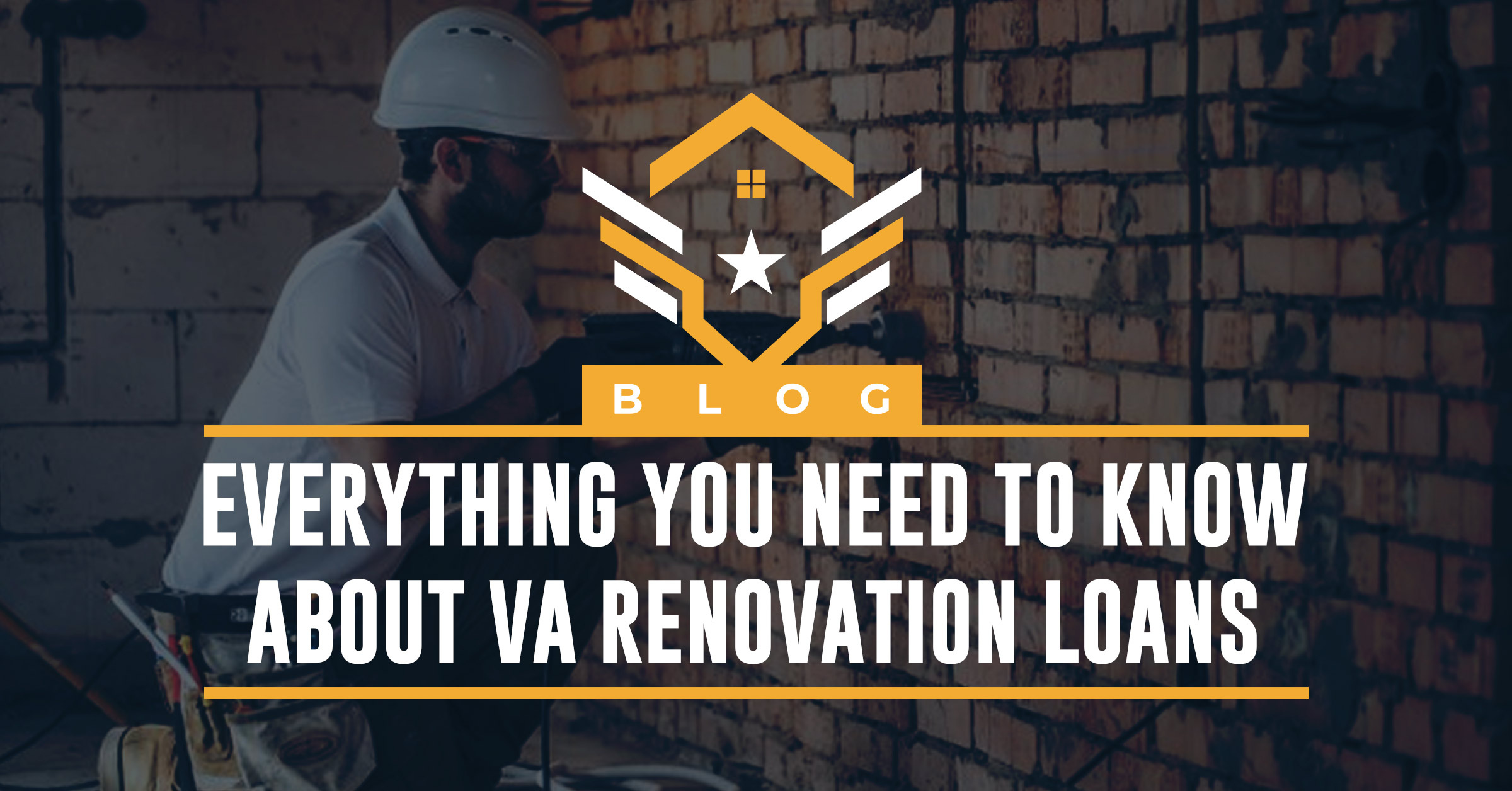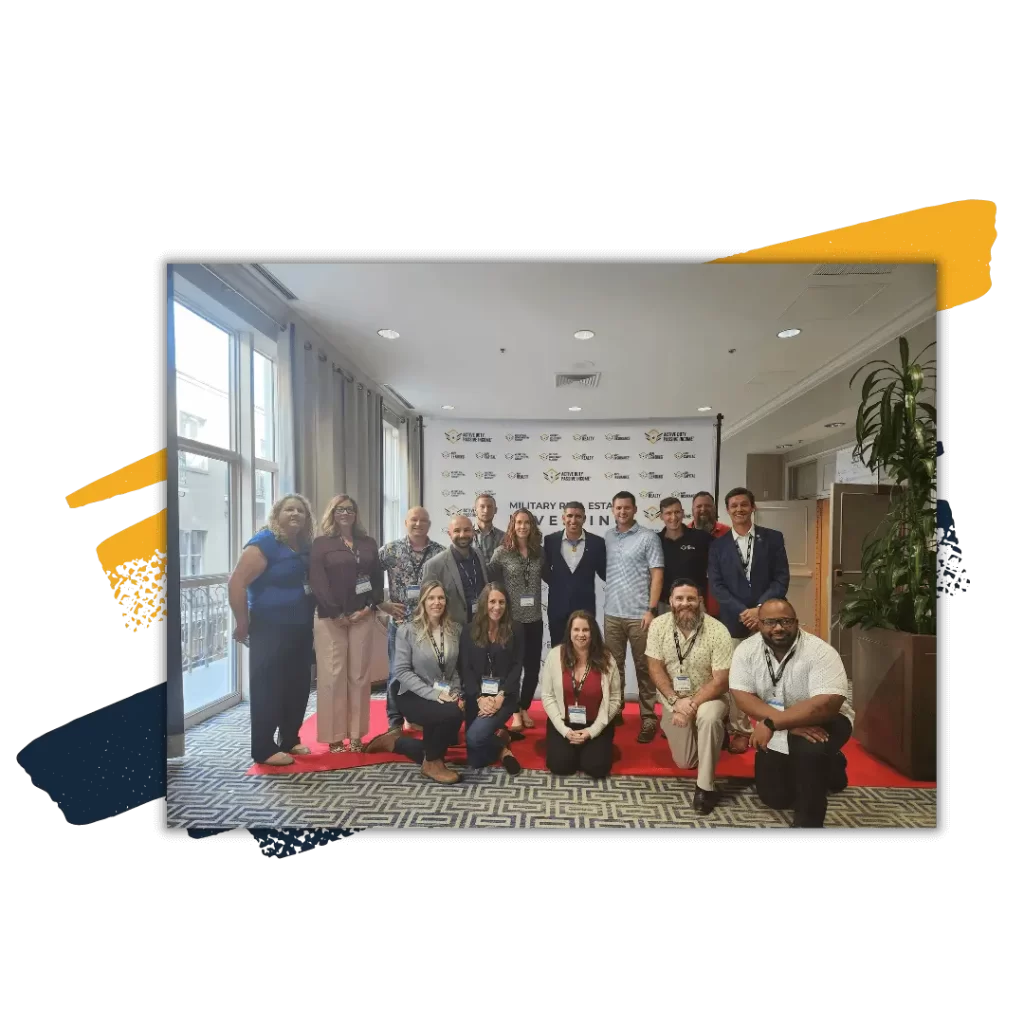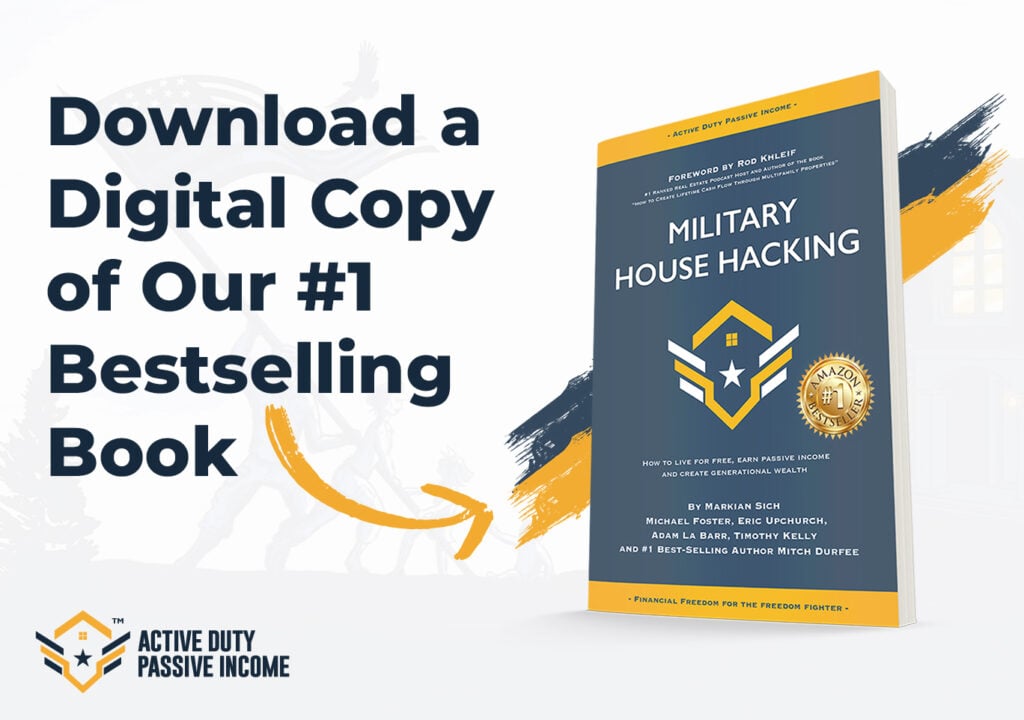Let’s be honest – the current market is pretty crazy. House-hunting is a stressful event in general but add in the fact that you can’t find a newer home to fit your budget and that stress increases ten-fold. Most veterans are aware of the “normal” VA loan, but there are other options available. It’s important to know your VA loan options so you don’t miss out on spectacular opportunities! Whether it’s a foreclosure you fell in love with or just a fixer-upper, the VA renovation loan may have you covered.
What is a VA Renovation Loan?
A VA Renovation Loan is a single loan provided by the VA that includes both the home’s current value AND the amounts needed for minor remodeling and non-structural repairs. There are some similarities to the straight VA Loan- such as it is usually 100% financing, the home must meet the VA’s minimum property requirements, and the home must be the veteran’s primary residence. There is no minimum or the maximum allowable amount by the VA, but specific lenders may have a maximum, so be sure to check. Previously, these loans were limited to only one or two units, but ADPI’s affiliate, AmNet, now has an option for three- and four-unit properties. For those properties, there is a total loan amount limit of $765,000 with a max of $50,000 in repairs. The great news is if you can get approved for a “normal” VA loan, you can get approved for a VA Renovation loan!
Which repairs and renovations are allowed?
There are many options for what can be repaired or improved with a VA renovation loan. Some examples of improvements allowed by the VA are:
• HVAC repairs/replacement
• Paint (lead paint remediation/removal)
• Electrical/Plumbing replacements
• Roof repairs
• Floor repairs
• Removing or making repairs to an in-ground pool
• Repairs of older decks or installation of new decks
How does it work?
VA renovation loans must meet VA minimum property requirements. The loan application can be used for either a purchase of a home or a cash-out refinance. Unfortunately, you can’t choose just anyone to make the repairs on the home. The contractor making the repairs must be a VA registered builder/contractor and must be at “arms-length” – meaning that even if they are registered with the VA, friends and family are not able to make the repairs. Before loan approval, plans for the renovations must be submitted to the VA. This will include a specified list of repairs and the cost of each improvement.
During the approval process, a VA appraiser will determine the after-repair value. This value will include the sales price, repairs, title fees, permits and possibly a contingency reserve (an amount that is a cushion for possible scenarios. It is not required by the VA, but your lender will decide if it’s necessary and it could be up to 15% of the total repairs depending on the scope of the work involved). If you want to make changes during the renovation, you will have to submit a change order to the appraiser before the work begins. Whatever work added cannot lower the initial appraisal.
Take note that this process is significantly different than the regular VA loan, so application and approval may take longer than usual. But, being able to purchase that diamond-in-the-rough home in your budget is worth it.
VA Renovation Loan Benefits
The benefits of a VA renovation loan far outweigh the troubles. Having the opportunity to purchase a home that you can make your own is just one of them. Some others are:
• Renovations don’t come directly out of your pocket
• One loan and one payment
• Buy homes that can’t be bought with other types of loans
• No money down
• Ability to buy a foreclosed home.
Other No Equity Loan Options
Although the VA Renovation Loan is incredibly useful, it may not be the best fit for everyone. That’s why the VA has other no-equity loan options to fit every need.
VA Supplemental Loan
If you’re planning on using the VA Renovation Loan for your current residence, it technically is called a VA Supplemental Loan. For this option, the mortgage on the home must be secured by the VA. This loan is used to protect or improve the livability of a residence and cannot be used for luxury items like pools or barbeque pits. Another requirement is that no more than 30% of the loan amount can be used for appliances and heating equipment.
The maximum borrowing amount for a VA supplemental loan is based on your available entitlement, loan limits, and the value of the requested repairs.
VA Energy-Efficient Mortgages
The energy-efficient mortgage is used to make energy-efficient upgrades to an existing VA-guaranteed home. With this option, the current loan limit can be raised an additional $6,000. If the requested upgrades are under $3,000, the VA advises lenders that the cost is offset by a decline in energy/utility bills. If the upgrade costs are between $3,000 and $6,000, the lender gets to decide if the cost is reasonable and that the borrower has enough income to cover increased mortgage payments. It’s important to note that you will have an additional funding fee with this loan.
Some acceptable energy-efficient improvements are solar heating/cooling systems, additional insulation installation, storm doors and windows, furnace modifications, and installation of heat pumps. Because these improvements are minor, the VA does not require a VA registered contractor to complete them. If you’re handy, you can feel free to make the repairs yourself!
Finding a VA Renovation Loan lender
Lenders for VA Renovation Loans can be difficult to find, but luckily, they are available through one of ADPI’s in-house lending teams. If you’re interested in learning more about the VA Renovation Loan process, you can contact the AmNet team.








